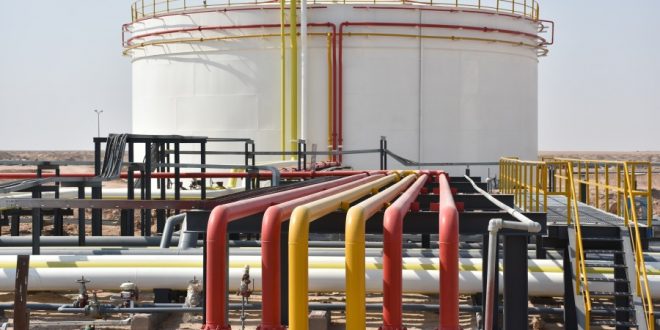Oil prices declined on Monday over the double whammy of increasing demand woes and the rising dollar value, discouraging investors in the market trading in more expensive US dollar-indexed oil.
International benchmark Brent crude traded at $95.12 per barrel at 10.08 a.m. local time (0708 GMT) for a 1.65% decrease from the closing price of $96.72 a barrel in the previous trading session.
American benchmark West Texas Intermediate (WTI) was at $88.83 per barrel at the same time for a 1.78% loss after the previous session closed at $90.44 a barrel.
Oil prices indexed to the US dollar came under pressure from the rising value of the greenback.
The US dollar index, which measures the value of the American dollar against a basket of currencies, including the Japanese yen, British pound, Canadian dollar, Swedish krona, and Swiss franc, rose 0.01% to 108.18.
With China insisting on a strict zero-COVID policy which is hampering consumer demand, data showed last week that industrial production and retail sales growth was slower-than-expected in July with a decrease in its crude throughput.
The country on Monday slashed its mortgage lending rate as the world’s second-largest economy grapples with a spiraling property crisis.
Along with bearish economic data that is raising investor demand concerns, China is struggling with power cuts after “the worst heatwave and drought in six decades.”
According to South China Morning Post, the province of Sichuan warned of “particularly severe” power shortages on Sunday.
Plans to resume power supplies to the industrial sector in China at midnight on Sunday have been postponed until Thursday, given the forecast of rain.
Russia-Ukraine war in gridlock
As the Russia-Ukraine conflict is about to enter its sixth month on Wednesday, several efforts to mediate between the warring countries have so far failed, keeping the prospect of supply disruptions afloat.
However, many experts say the oil and gas sector has proved to be more resilient despite sanctions imposed by Western countries.
 Iran Energy News Oil, Gas, Petrochemical and Energy Field Specialized Channel
Iran Energy News Oil, Gas, Petrochemical and Energy Field Specialized Channel




